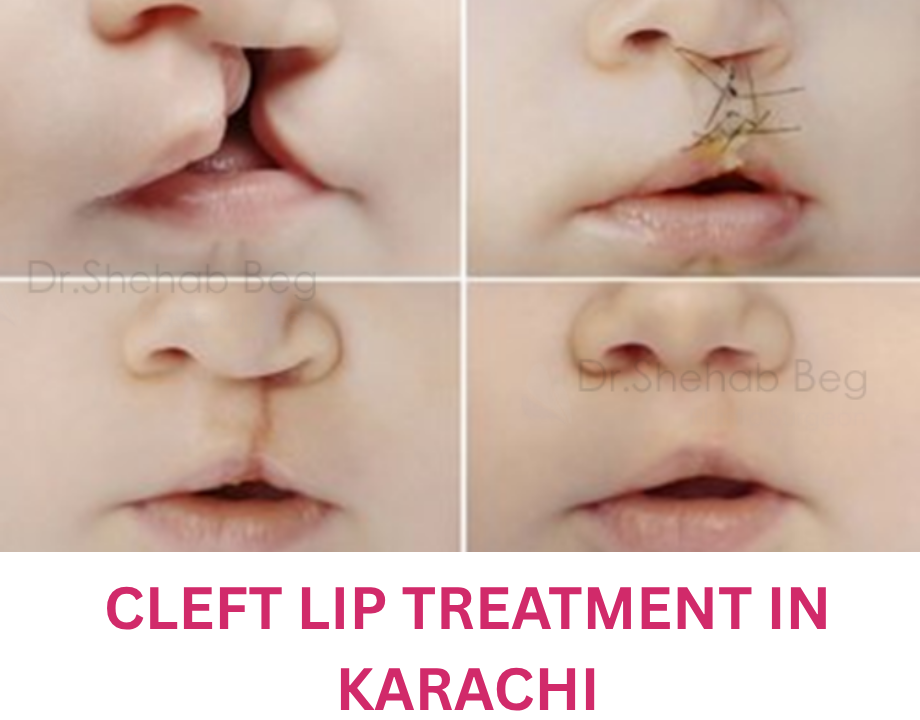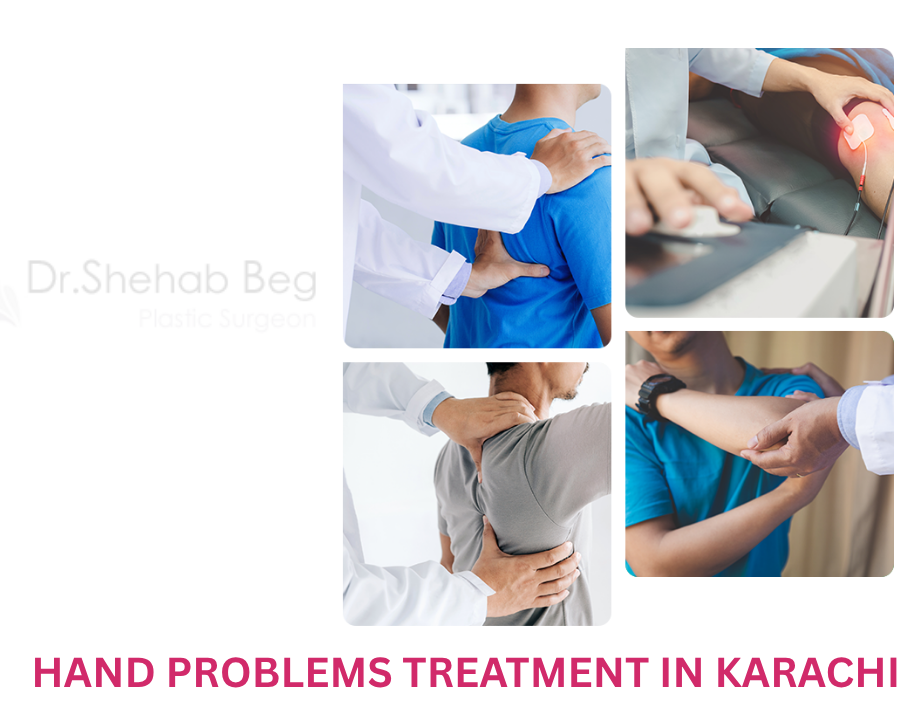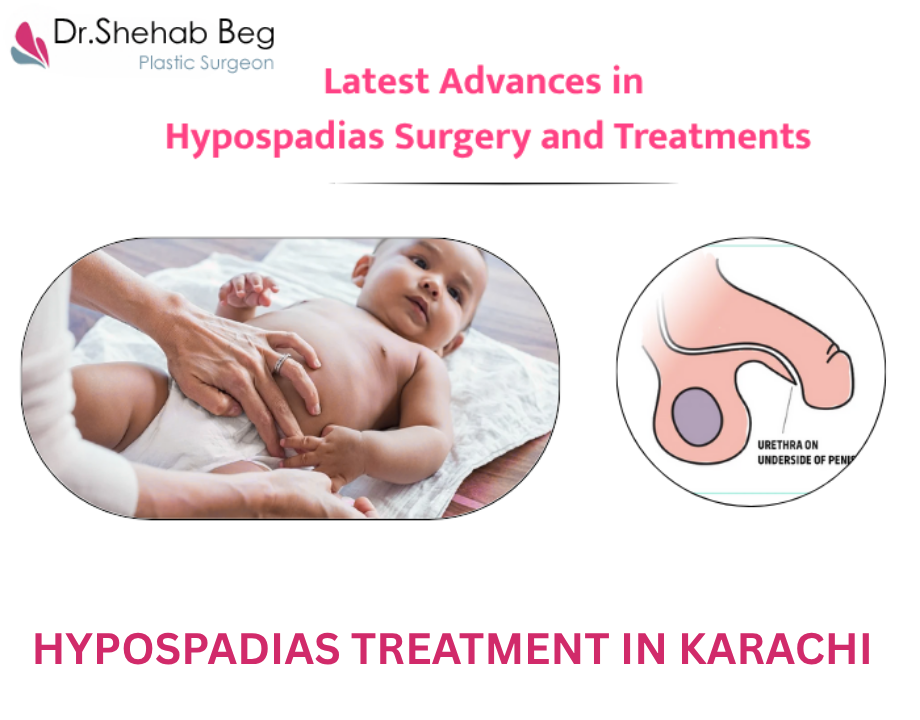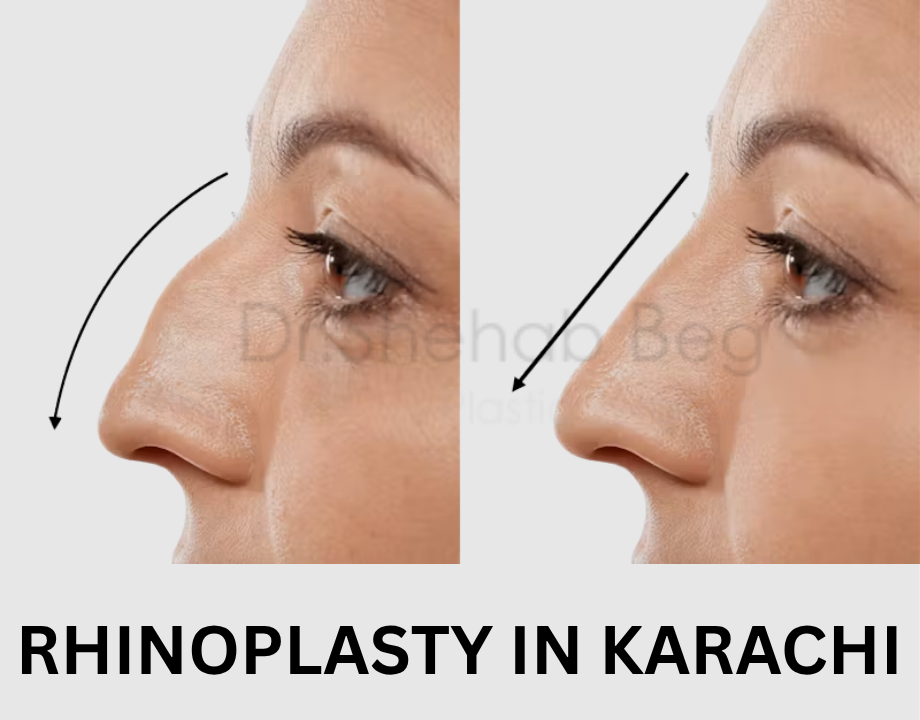Wrinkles Treatment in Karachi | Eyes | Forehead | Lips | Dr. Shehab Beg
Wrinkles on Face and Lips: Causes, Treatments, and What to Expect
With age, our skin gradually loses its natural elasticity and firmness. As a result, facial skin begins to sag, wrinkles deepen, and fine lines become more prominent—especially around sensitive areas like the mouth, eyes, and forehead. These visible signs of aging not only affect our appearance but also our confidence.
While a facelift can tighten sagging skin, it has little to no effect on fine lines around the eyes and vertical wrinkles around the lips. To effectively address these concerns, specialized wrinkle treatments are necessary.
This comprehensive guide will walk you through the latest and most effective wrinkle treatment options available in Karachi, offered by renowned plastic surgeon Dr. Shehab Beg.
Best Wrinkles Treatment in Karachi Options
1. Chemical Peeling
Chemical peeling involves applying a phenolic acid solution to the skin, creating a controlled superficial burn. As the damaged layers peel off, new, smoother skin surfaces, reducing fine lines and tightening the skin.
Key Benefits:
-
Smoother skin texture
-
Reduced wrinkles
-
Improved skin tone
Healing Time:
Initial redness subsides within 4–6 weeks. Complete recovery may take a few months, with sun protection being crucial during this period.
2. Dermabrasion
Dermabrasion is a mechanical procedure where an abrasive wheel or rough paper removes the upper layers of the skin. This process evens out the surface and smoothens deep-set wrinkles.
Ideal For:
-
Deep wrinkles
-
Scarring
-
Uneven skin texture
Healing Time:
Skin usually heals within 7–10 days, but full color recovery may take up to six months.
3. Botox Injections
Botox works by relaxing specific facial muscles responsible for dynamic wrinkles, such as frown lines and crow’s feet. It freezes muscle movement temporarily, smoothing out wrinkles without affecting your natural expressions.
Duration:
Results typically last 6 months to 1 year and require maintenance treatments.
4. Hyaluronic Acid Fillers
Dermal fillers made from hyaluronic acid are injected into deeper layers of the skin beneath wrinkles. This plumps up the skin, pushing the wrinkles outward and making them less visible.
Duration:
Effects last anywhere between 12 to 24 months, depending on the filler type.
Combination Treatments
Often, a customized combination of these treatments provides the best results. For instance, Botox may be paired with fillers, or chemical peeling with dermabrasion, to achieve a complete facial rejuvenation.
You can also combine these wrinkle treatments with surgical procedures like eyelid surgery or a mini facelift for a more dramatic transformation.
What to Expect After Wrinkles Treatment in karachi
After your treatment, the skin may appear red, tender, and sensitive:
-
Chemical Peeling/Dermabrasion: Expect scabbing, tightness, and redness. Avoid sun exposure for at least 3–6 months.
-
Botox/Fillers: Avoid makeup and sun exposure for a minimum of 2 hours post-treatment.
-
General Care: Use mild soaps and moisturizing creams. Refrain from strenuous activities that may stretch the healing skin.
Patience is essential during recovery, and following post-care instructions will ensure the best outcome.
Risks and Limitations
All treatments carry minor risks, including:
-
Temporary redness and irritation
-
Pigmentation changes (especially in darker skin tones)
-
Mild scarring if the treatment is too deep
-
Infection risks, which can be treated effectively with antibiotics
Although treatments significantly reduce wrinkles, they cannot permanently erase them. Wrinkles caused by dynamic facial expressions (like smiling and squinting) may gradually return over time.
Pre-Treatment Instructions
-
Stop taking oral contraceptives at least one month before chemical peeling or dermabrasion to minimize pigmentation risks.
-
For patients with darker skin tones, a test patch may be done behind the ear before full treatment.
Post-Treatment Care
-
Apply antibiotic powder or cream as instructed.
-
Keep the face still during healing (fluid diet recommended).
-
Avoid sun exposure until complete recovery.
-
Delay using makeup for at least three weeks after chemical peels or dermabrasion.
Why Choose Dr. Shehab Beg for Wrinkle Treatment in Karachi?
Dr. Mirza Shehab Afzal Beg is one of Pakistan’s most highly qualified plastic surgeons, holding the prestigious FRCS (Plast) from the UK—an accomplishment unmatched by any other surgeon currently practicing in Pakistan.
His Credentials Include:
-
British-trained Consultant Plastic Surgeon
-
Former Consultant Plastic Surgeon, United Kingdom
-
Consultant Plastic Surgeon, Liaquat National Hospital & Honorary Consultant, Aga Khan Hospital
-
Private Cosmetic Surgery and Hair Transplant Practice at Clifton, Karachi
With decades of experience and internationally recognized expertise, Dr. Shehab Beg ensures that every patient receives the safest and most effective care tailored to their unique needs.
Book Your Consultation Today
If you’re looking for expert wrinkle treatment in Karachi, contact Dr. Shehab Beg today to discuss your options.
📧 Email: ahtcspk@yahoo.com
📞 Phone: 0323 2847513
Follow Us on Facebook:
🌐 Website: Dr. Shehab Beg Official Website
Related Reading:
Learn more about Baggy Eyelid Treatments to complement your wrinkle treatment.






